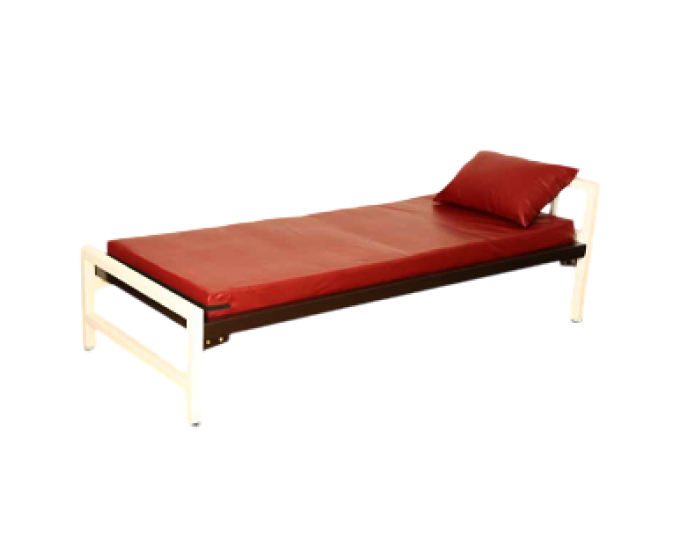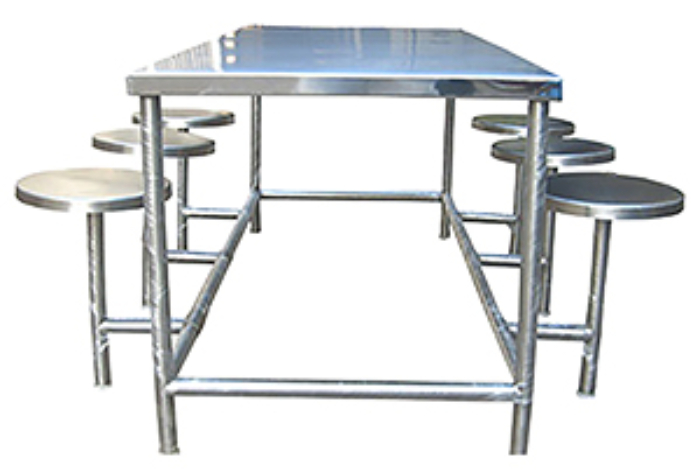A classroom desk and a lab workbench are never the same. Yes, both these pieces of furniture play distinctive roles in education. However, you cannot use a classroom desk for your lab purposes. It’s just not designed or built for that kind of heavy-duty usage.
There are three different types of science labs in school- Biology, Physics, and Chemistry. Different types of Science labs require different work surface materials for lab workbenches. Why do science lab furniture manufacturers believe that well-designed lab countertops are a must? They provide students and teachers with safe and durable work surfaces to conduct their experiments.
Inspace School Furniture offers the best range of durable, corrosion-resistant, and economically-priced lab furniture in Tamil Nadu. We also use the best high-quality materials for our lab countertops to ensure maximum safety and functionality.
Why do schools labs (or any other lab) require proper, well-constructed countertops?
Won’t any other ordinary table do? These are the questions people often ask. The answer is: No ordinary table can replace a lab countertop. These tables are designed to deliver specific benefits for users. They are:
Exclusive Range of Classroom Furnitures from Inspace Furniture Solutions
Standards make things safer and easier to use. Attention to detail given to every process in a manufacturing stage can help maintain high-quality standards. Quality and reliable furniture will add costs to both the school and the manufacturers. ANSI, BIFMA, SEFA and Underwriters Laboratory are some of the certifications available for various products that need electrical assemblies, laboratory seating and more. With the rapid increase in technology, mass production of innovative furniture and efficient manufacturing processes have made things easier.
Top 5 Lab Countertops Materials Suggested By Science Lab Furniture Manufacturer
Invest In Inspace: Tamil Nadu's Best Science Lab Furniture Manufacturer
Lab countertops are a big investment. Therefore you must consider the lab’s purpose and budget before investing in the right countertop. Inspace is one of Tamil Nadu’s biggest science lab furniture manufacturers. We have a wide range of lab furniture for academic institutions. Our furniture is built to last for generations of students. We also specialise in customising the furniture according to your lab purposes. Do get in touch with our team to discuss customisation.










